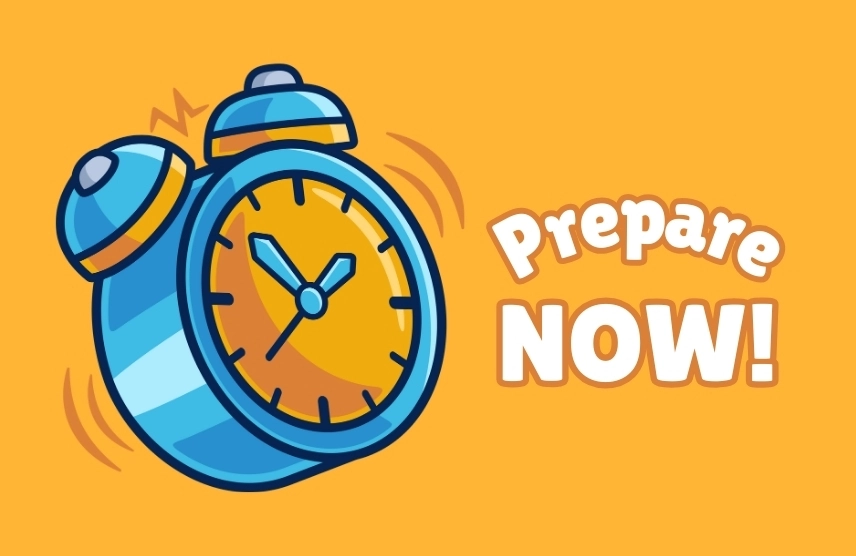The Free Application for Federal Student Aid (FAFSA) is a crucial step for students seeking financial support for college. While it may seem overwhelming, a bit of preparation can simplify the process and ensure students can access the aid they need. To help demystify the FAFSA, we spoke with Jacquie from EducationQuest Foundation, an expert in guiding families through the financial aid process.
What is the FAFSA, and why is it important?
FAFSA stands for the Free Application for Federal Student Aid. It’s the form students must complete to access federal, state, and college-based financial aid. Whether it’s grants, scholarships, work-study opportunities, or loans, the FAFSA is the gateway to these funds.
“By completing the FAFSA, students open the door to a range of financial assistance,” Jacquie explained. “It’s a key step in making college more affordable.”
Which parent should complete the FAFSA?
For families with unique situations, understanding who needs to fill out the FAFSA can be tricky. Jacquie broke it down as follows:
- Married or Unmarried Parents Living Together: Both parents must include their information.
- Separated or Divorced Parents: The parent who provided the most financial support in the last 12 months should complete the FAFSA.
- Remarried Parents: Include both the parent and stepparent’s financial details.
How to prepare for the December 1 FAFSA launch.
Although the FAFSA for the 2025-26 school year doesn’t officially open until December 1, 2024, families can take steps now to prepare.
- Create FSA IDs. To access the FAFSA, both the student and a parent (if the student is dependent) will need an FSA ID. Visit StudentAid.gov to create these IDs, and allow at least three days for Social Security Administration verification.
- Gather Necessary Documents: Include your 2023 Federal tax returns and W-2s, and the value of checking and savings accounts, plus any investments. You should exclude the value of your primary home and retirement accounts.
- Understand Reporting Requirements. For 529 college savings plans, only report the amount allocated to the student completing the FAFSA. If you own a business or farm/ranch, report the net worth of the operation.
EducationQuest provides a helpful FAFSA Checklist that outlines all the information you’ll need to have on hand.
When should families submit the FAFSA?
The earlier, the better! Jacquie recommends completing the FAFSA in December or January. “Some types of financial aid are awarded on a first-come, first-served basis,” she said. “Delaying could mean missing out on crucial funds.”
Additionally, many scholarships require FAFSA results, and deadlines vary by institution. Submitting the form early ensures students stay eligible for these opportunities. In Nebraska, for example, several colleges and universities offer tuition assistance programs that require timely FAFSA submission.
Why accurate and timely FAFSA submission matters.
Submitting the FAFSA accurately and on time has significant implications for financial aid eligibility. Colleges and universities use FAFSA data to allocate institutional grants and scholarships, some of which have limited funding. Also, FAFSA results must be processed and shared with the schools listed on the application—a step that takes time.
“Completing the FAFSA early gives students the best chance to maximize their financial aid,” Jacquie said. “You don’t want to wait until funding runs out.”
Resources to help families with the FAFSA.
EducationQuest offers several tools and resources to make the FAFSA filing process less daunting:
- FAFSA Checklist: This guide ensures families have everything they need before starting the application.
- FAFSA Demo: This tool walks users through the FAFSA form step-by-step so they know what to expect.
- Free Assistance: EducationQuest provides personalized help with FAFSA completion. Families can contact our offices with questions or schedule an appointment for one-on-one support.
Completing the FAFSA might seem intimidating, but families can navigate it successfully with the right preparation and resources. Don’t wait! Start preparing now to ensure a smooth application process and maximize financial aid opportunities.
By Jeannine Phelan
Assisted by AI
